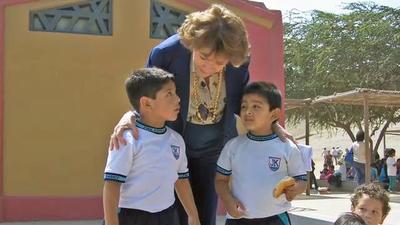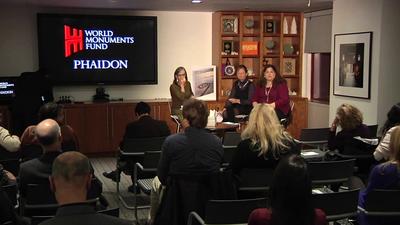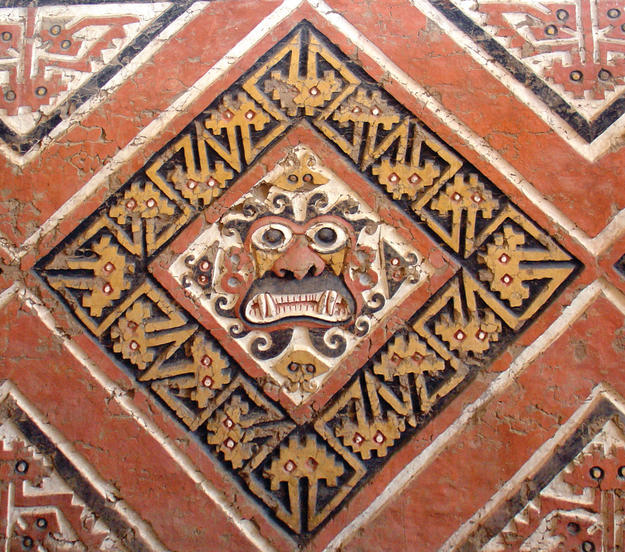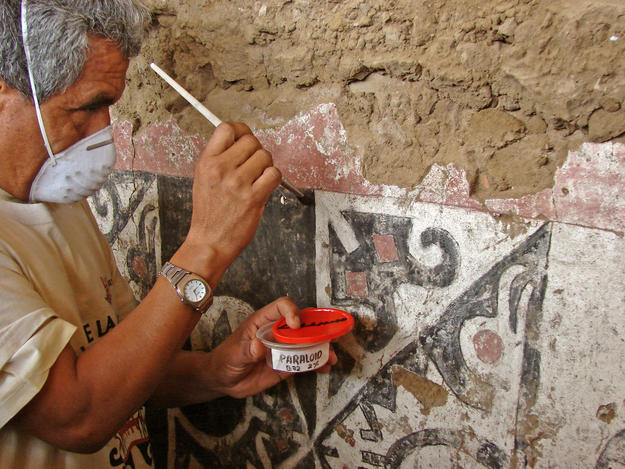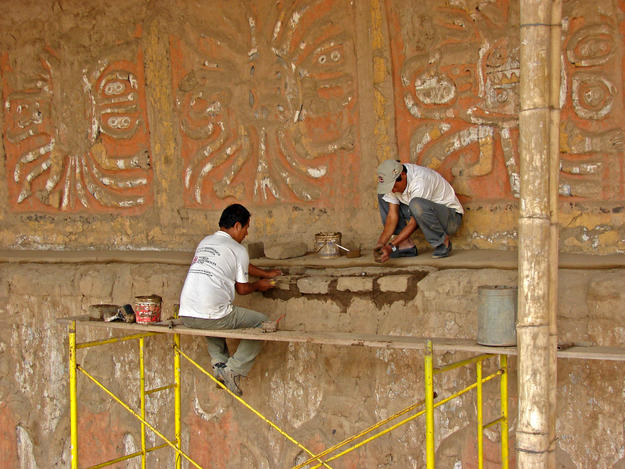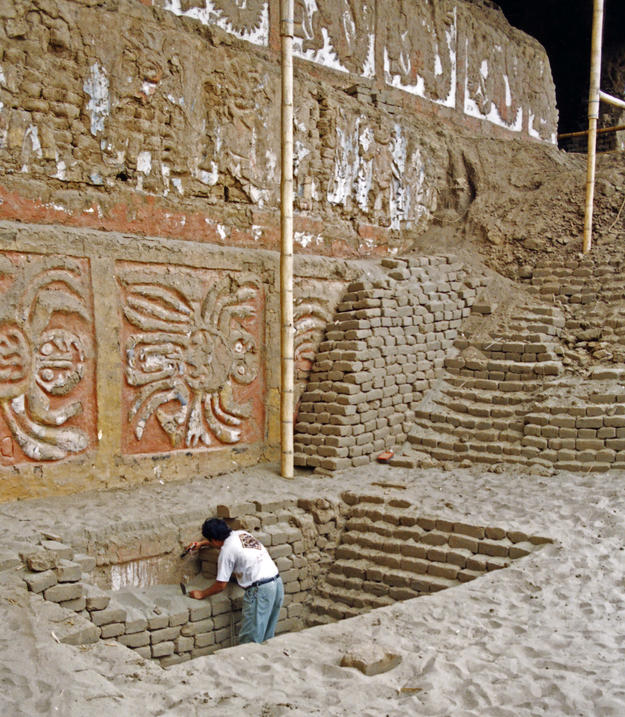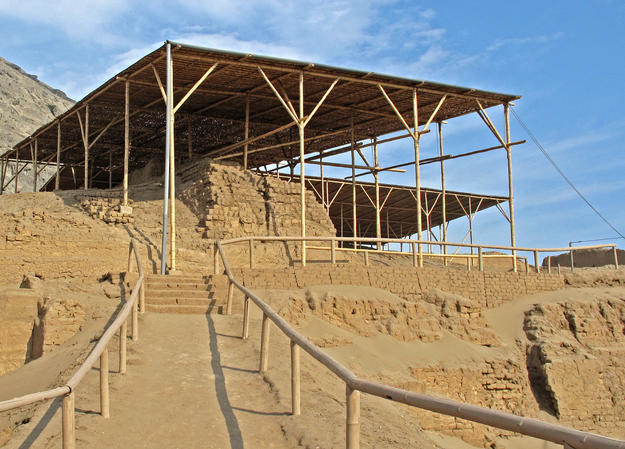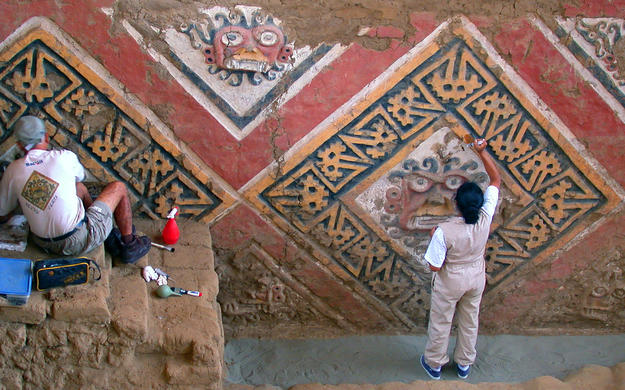Huaca de la Luna
Huaca de la Luna, or Temple of the Moon, was part of the ancient Moche capital. It was constructed in northern Peru between the first and eighth centuries, using millions of adobe blocks. The Moche civilization developed great religious complexes, or huacas, formed by successive entombments of older structures filled in and covered with mud bricks or adobe. Moche architects created fresh platforms on which they placed their new constructions, often decorated with polychrome friezes. The city underwent at least six construction phases spanning almost 600 years. Its enormous platforms were connected to four plazas on various levels, and had covered patios and enclosures linked by corridors and ramps, some with murals or friezes painted in striking colors. After the fall of the Moche, the huacas were partially occupied by Chimu settlements, but in the fifteenth century the region fell under the control of the Inca. After the Spanish conquest in the sixteenth century these ceremonial sites were abandoned and for the next four centuries, lay exposed to the elements, including the El Niño phenomenon. The adobe structures deteriorated and the uppermost platforms and superficial elements were lost.
Hard work brings international recognition
In 2001 we joined the Huaca de la Luna project, initially sponsored by the Backus Foundation and other local partners. We provided matching funds to support a multi-year program with a goal of site conservation and development of a social agenda through cultural tourism. The project was organized into archaeological research, conservation (including professional training in earthen conservation), and site management. Conservation work included structural consolidation and cleaning, color and surface stabilization, drainage, protective covers, documentation, and monitoring of previously excavated and conserved areas. Subsequent work included conservation and interpretation of the temple façade and main plaza; creation of a research center for earthen architecture; organization of a workshop on protective covers; conservation training; and the development of an integrated management plan to support the inscription of Huaca de la Luna as a UNESCO World Heritage Site.
In 2011 the first phase of a new tourist circuit through Huaca de la Luna was opened. The circuit includes a network of walkways so visitors can get close to the fragile adobe structure. In addition to our assistance, the project has had many private and public supporters, including Backus, Patronato Huacas del Valle de Moche, Universidad Nacional de Trujillo.
The balanced excavation, conservation, and interpretation strategies applied at this significant pre-Columbian site have increased local and international tourism, bringing economic development and job opportunities to the local communities. As a model for integrating archaeology, conservation, and sustainable tourism development, Huaca de la Luna has received international recognition—it was named one of the ten best-managed sites in Iberian-America by the Secretary of Tourism of Spain, and was awarded the IV Reina Sofía Award for Conservation and Restoration in 2006.
Videos
